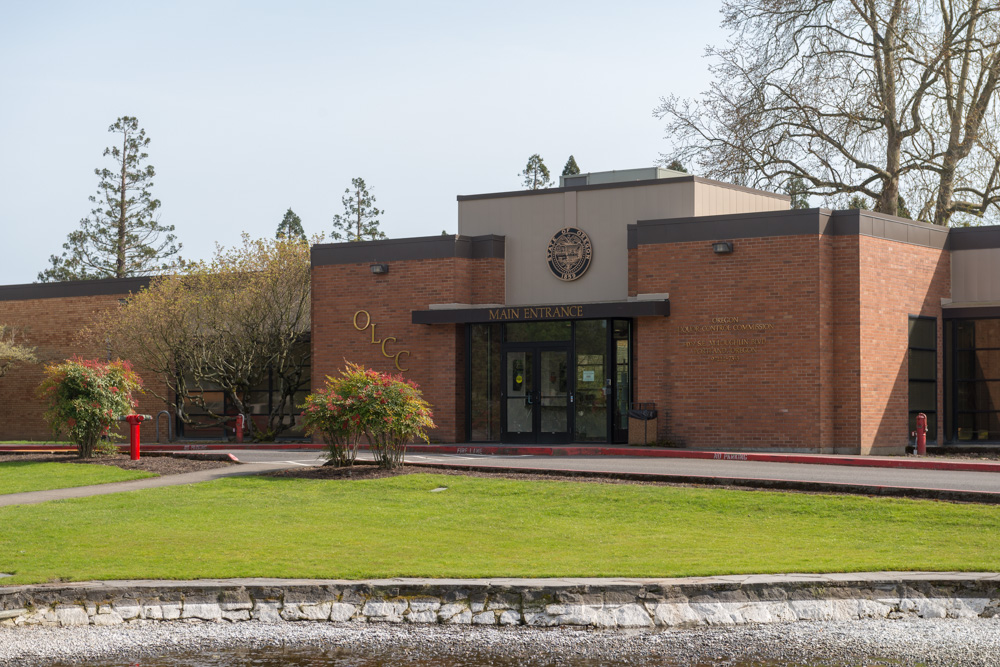OLCC Liquor Stores Generate $59.5 Million In Month of March

With all of the bars and restaurants closed for onsite consumption in Oregon during second half of the month in March, the Oregon Liquor Control Commission (OLCC) liquor stores sold a record-breaking amount of alcohol. During the entire month of March 2020, Oregon liquor stores sold nearly $66 million in distilled spirits. The best month on record was December 2019 with $75.85 million in sales.
This large increase in sales from agent-operated liquor stores resulted from the stay-home order instituted by Governor Kate Brown that altered consumer behavior due to the Covid-19 pandemic. With all of the bars and restaurants closed, there was only one place to drink and therefore many people throughout the state stocked up.
During the month of March, licensee (bars and restaurants) sales dropped by $7.3 million. In March 2019 sales for licensees was $13.7 million and this past month it was only $6.4 million, a decline of 53%. The OLCC also issued over $500,000 in refunds to 94 licensees for liquor returned to the OLCC.
“These numbers may be alarming to those concerned about alcohol dependency, but it reflects the shift in consumption, not an increase in consumption,” said Steve Marks, OLCC Executive Director, in a statement.
The OLCC warehouse in Milwaukie saw a steep increase in shipping volume to liquor stores during the month of March. The OLCC shipped 367,563 cases of distilled spirts in March 2020 compared to 278,407 in March 2019, a 32% increase. Now shipments are said to have moved back to more normal levels as the pandemic conintues.
“We appreciate our warehouse employees and liquor store agents across the state for being nimble enough to adapt to the new business model imposed by the Covid-19 pandemic,” said Marks, in a statement. “Despite operating with less staff, and being open shorter hours, the combined efforts of liquor store agents are continuing to provide service while also generating an important source of revenue for the state during a time of limited economic activity.”
